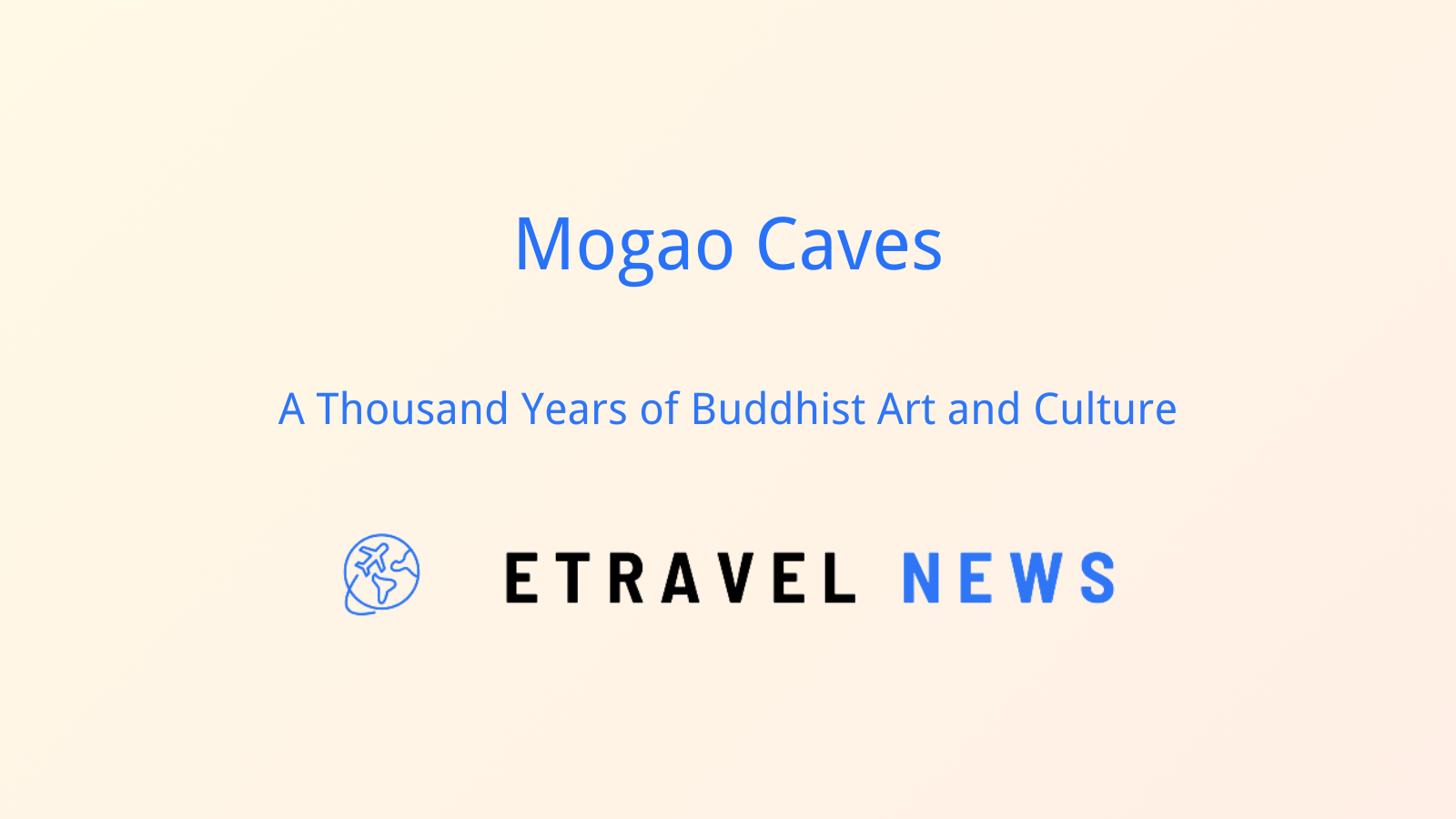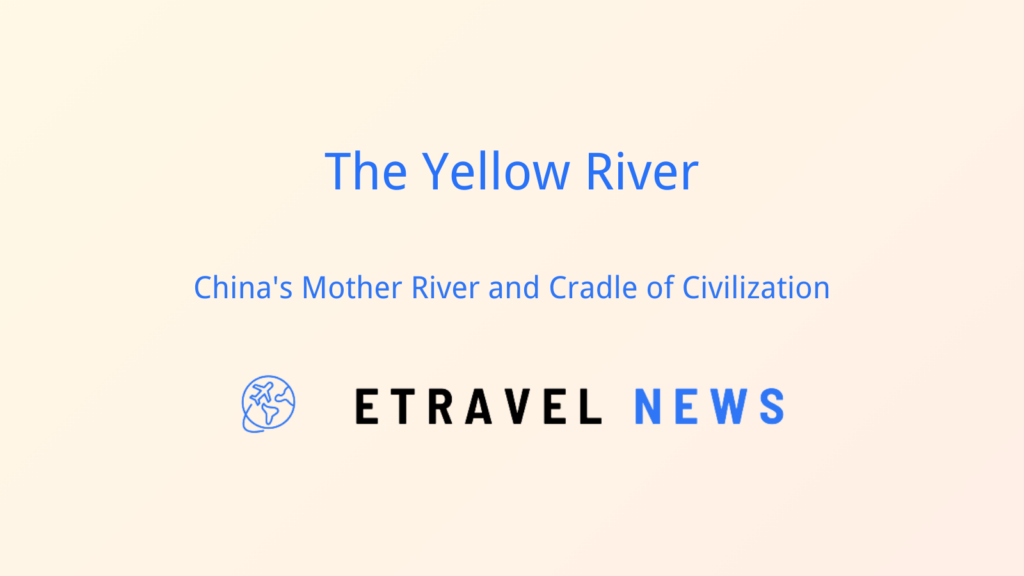Introduction to the Mogao Caves
Nestled in the harsh desert landscape near Dunhuang, Gansu Province, the Mogao Caves stand as a testament to human creativity and devotion. This UNESCO World Heritage Site, also known as the Thousand Buddha Grottoes, houses one of the world’s most significant collections of Buddhist art.
Carved into the cliffs of Mingsha Mountain, these caves have survived for over a millennium, preserving a unique snapshot of cultural exchange along the ancient Silk Road. The Mogao Caves are not just a tourist attraction; they’re a living museum of Chinese and Central Asian art, religion, and history.
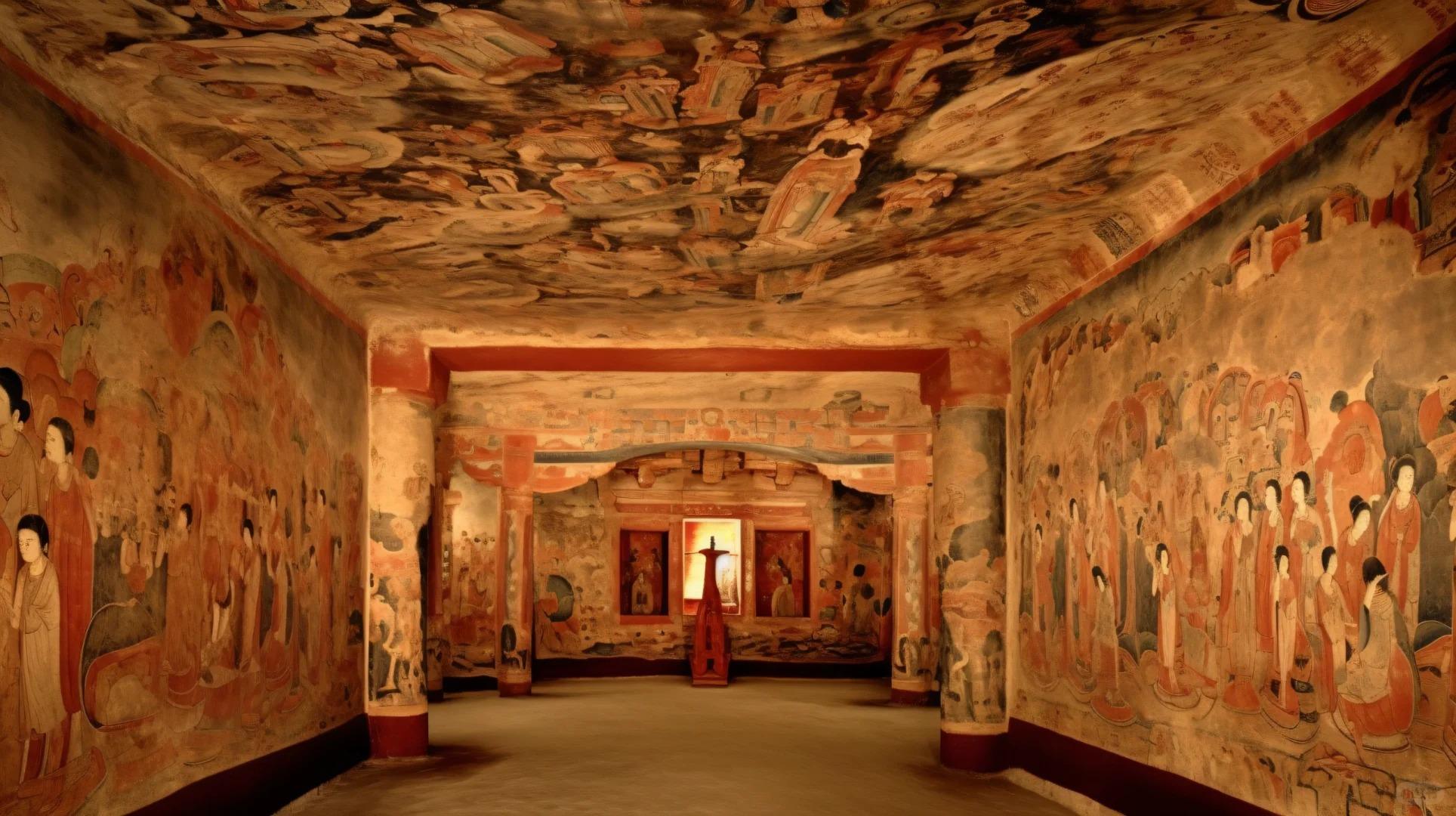
Historical Background
The Mogao Caves’ story begins in 366 CE when a Buddhist monk, inspired by a vision of a thousand Buddhas bathed in golden light, began carving the first cave. Over the next thousand years, pilgrims, artists, and patrons would add hundreds more caves, each a time capsule of its era.
As Buddhism flourished and the Silk Road bustled with trade, Dunhuang became a melting pot of cultures. The caves reflect this rich tapestry, showcasing influences from India, Central Asia, and China.
In 1900, the caves gained international attention when the “Library Cave” was discovered, revealing a trove of ancient manuscripts that had been sealed for nearly 900 years.
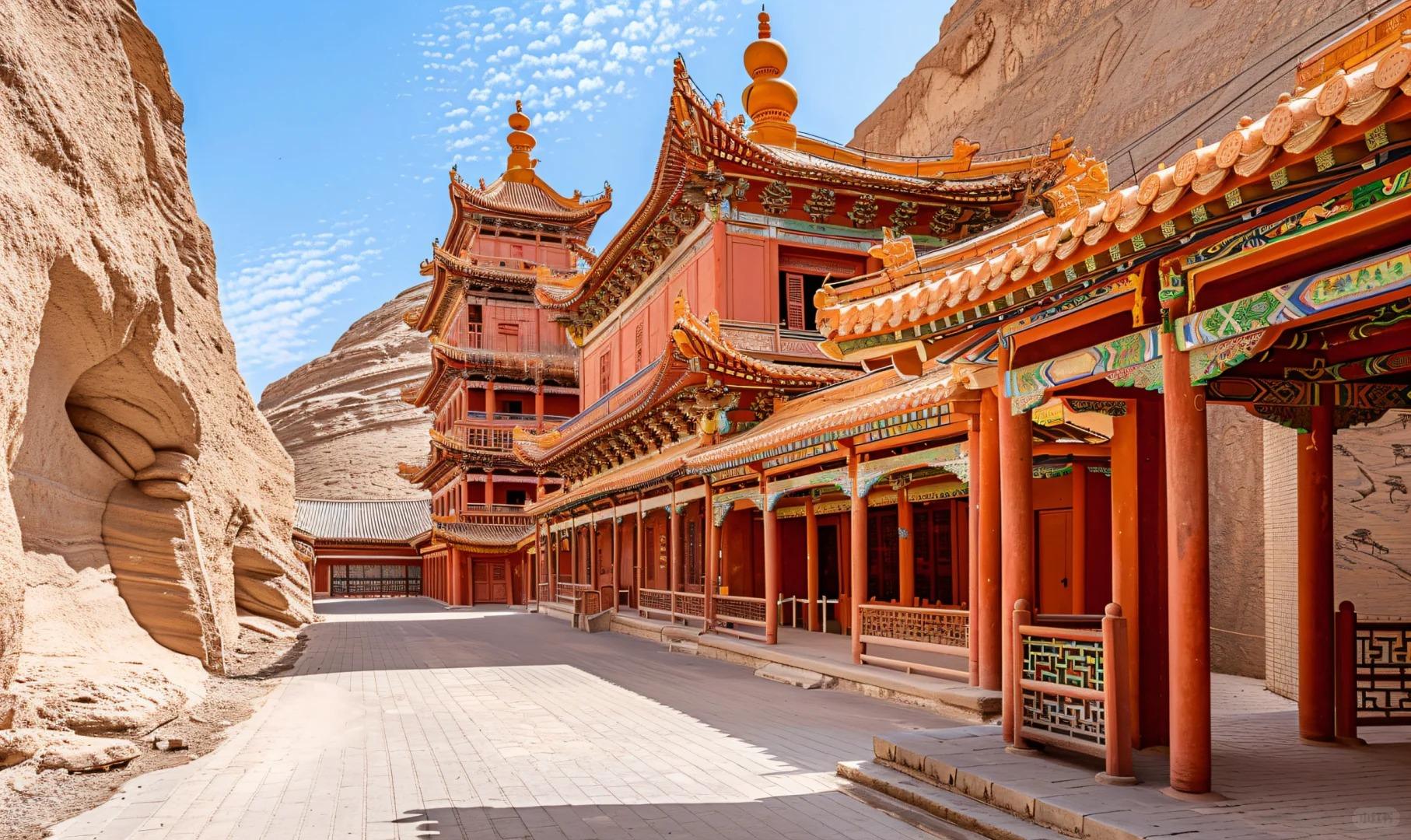
Art and Architecture
The Mogao Caves are a gallery of Buddhist art spanning a millennium. Each cave tells a story, with walls adorned with intricate murals and sculptures that bring Buddhist teachings to life.
| Period | Art Style | Characteristics |
|---|---|---|
| Northern Wei (386-534 CE) | Early Buddhist | Simple, linear figures; Indian influences |
| Tang Dynasty (618-907 CE) | Golden Age | Vibrant colors; realistic figures; secular scenes |
| Song Dynasty (960-1279 CE) | Sinicization | More Chinese features; detailed landscapes |
The caves vary in size, from small meditation cells to vast halls housing colossal Buddha statues. The largest Buddha, in Cave 96, towers at 35.5 meters, its serene gaze unchanged for over a thousand years.
Buddhist Heritage
The Mogao Caves are a spiritual journey through time, showcasing the evolution of Buddhist art and thought in China. Early caves focus on jataka tales and the life of the Buddha, while later ones introduce complex Mahayana and Tantric concepts.
The Library Cave’s discovery revealed over 50,000 documents, including the world’s oldest printed book. These texts provide invaluable insights into Buddhist philosophy, as well as secular life along the Silk Road.

Conservation and Preservation
Time, nature, and human activity have all taken their toll on the Mogao Caves. Today, conservationists face numerous challenges:
- Environmental threats (wind erosion, humidity changes)
- Deterioration of pigments and structural integrity
- Impact of tourism on the delicate cave environment
Modern preservation efforts include:
- Climate control systems in key caves
- Restricted visitor numbers and viewing times
- Digital documentation and virtual reality experiences
These measures aim to balance preservation with accessibility, ensuring future generations can marvel at these wonders.
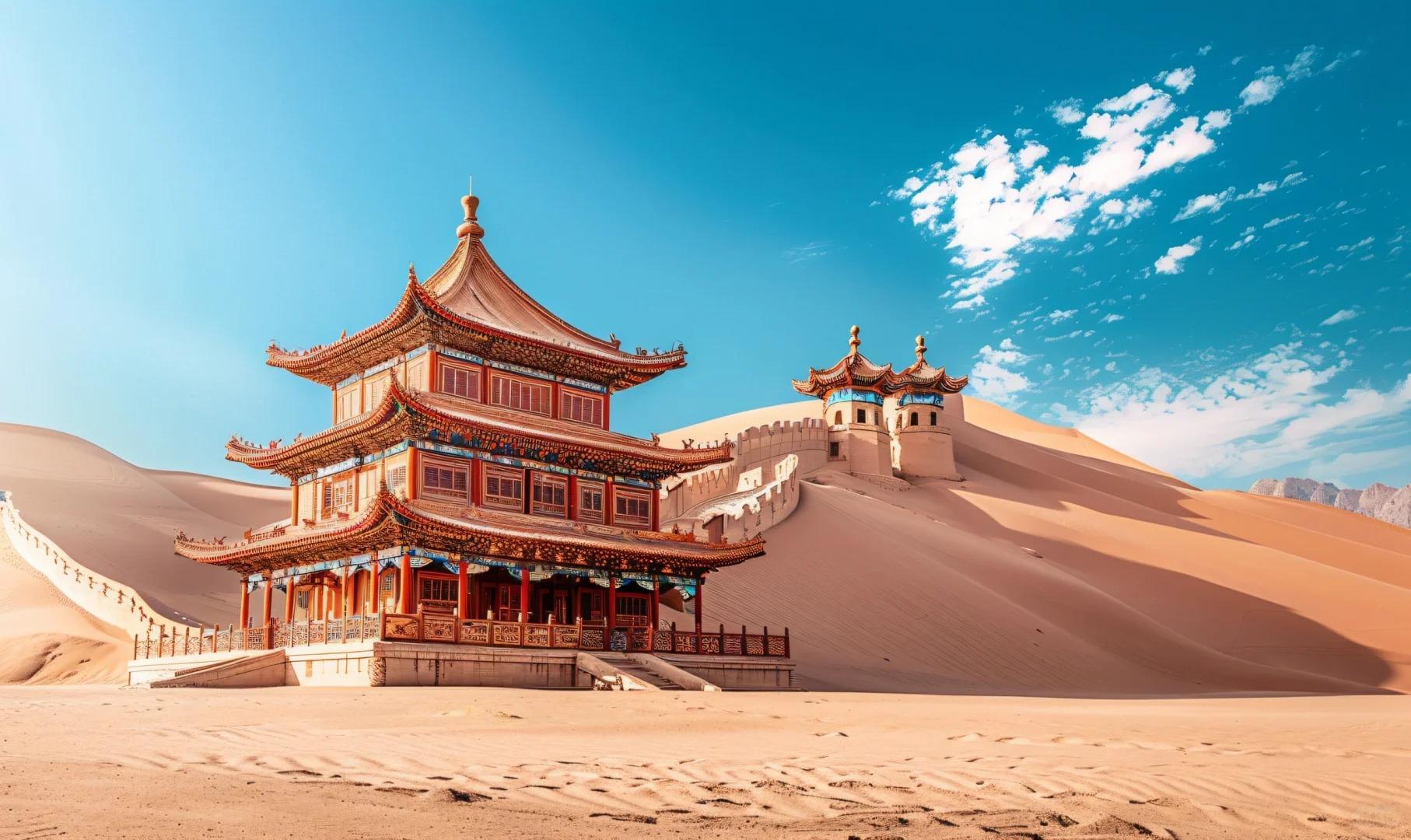
Key Caves and Highlights
While there are 735 caves, only a select few are open to the public. Some must-see caves include:
- Cave 17 (Library Cave): Though emptied of its treasures, it’s historically significant
- Cave 45: Famous for its exquisite Bodhisattva figures
- Cave 96: Home to the colossal 35.5-meter Buddha statue
- Cave 148: Features a reclining Buddha entering nirvana
The nearby Dunhuang Museum houses many artifacts from the caves, offering context and close-up views of treasures too delicate to remain in situ.

Visitor’s Guide to the Mogao Caves
Getting There and When to Visit
- Fly to Dunhuang Airport, then take a short bus or taxi ride
- Best visited in spring (April-May) or autumn (September-October) for mild weather
Tour Options
- Standard tours last about two hours and cover 8-10 caves
- Special photography tours available (must be booked in advance)
Photography and Etiquette
- Photography is generally prohibited inside the caves to protect the art
- Speak softly and don’t touch any surfaces in the caves
Nearby Attractions
- Dunhuang Museum: Displays artifacts and replicas from the caves
- Digital Exhibition Center: Offers immersive digital experiences of the caves
Tips for Your Visit
- Book tours in advance, especially during peak seasons
- Wear comfortable shoes for walking and climbing stairs
- Bring water, but drink outside the caves
- Consider hiring a knowledgeable guide for deeper insights
As you step into the cool darkness of a Mogao cave, you’re not just entering a space; you’re stepping back in time. The flickering of your guide’s flashlight might remind you of the lamps that once illuminated these sacred spaces for ancient pilgrims and artists.
Each cave is a world unto itself, telling stories of devotion, artistry, and the exchange of ideas along the Silk Road. From the graceful lines of a bodhisattva’s robes to the vivid hues of a heavenly scene, every detail speaks of the skill and dedication of generations of artists.
The Mogao Caves are more than just an archaeological wonder or an art gallery. They’re a bridge between past and present, a reminder of our shared human heritage. As you emerge from the caves into the harsh desert sunlight, you carry with you not just memories, but a connection to the countless individuals who have stood in awe before these sacred walls over the centuries.


